Date: 14 December 2015
A restraint system increases the safety of workers inside the gondola in windy conditions, by connecting the gondola to the facade.However, a soft rope restraint system does more than just preventing a gondola to swing, it serves another purpose as well: it makes it possible to work close to sloping facades.In this post, we’ll explain how exactly a soft rope system can bring a vertically descending gondola closer to the surface of a sloping facade, in just 3 simple steps.
Attaching the soft rope to a sloping facade
The gondola itself is equipped with a soft rope system. Note the two winches on the gondola in the image below – these are used to tighten or loosen the soft rope from the gondola.
.jpg)
STEP 1: As users work their way down the sloping facade, they connect the soft rope to the facade at certain points. This can be done in two ways:
- By inserting restraint pins into restraint sockets in the facade.
- By connecting the soft rope to attachment loops in the facade, with carabiners.
Attachment with restraint pins.
.jpg)
Attachment with carabiners.
When the gondola reaches the next attachment point, it is NOT disconnected from the first attachment point. In fact, as soon as the gondola is connected to the second attachment point, the soft rope runs from the gondola through the first attachment point to the second attachment point and back to the gondola.
Bringing the gondola closer to the facade
Step 2: Once the gondola is connected, it descends straight down (just like it would without the soft rope). So the gondola will be hanging further away from the facade at a lower level. The soft rope unrolls.
Step 3: At this point, the soft rope is tightened which causes the gondola to move towards the building, until it is at a distance of no more than 700 mm (about 27 inches) from the facade. This is close enough for a user to connect the soft rope to the next attachment point.
These steps can be repeated multiple times, depending on the slope of the facade and the reach of the jib on the roof car from which the gondola is suspended.
Restraining gondolas that move diagonally or horizontally
There’s one more thing about soft rope systems: these systems are not just meant for (sloping) facades where gondolas descend straight down.
Uniquely, a soft rope system is furthermore able to secure gondolas that descend diagonally or even horizontally along a facade. This happens in exactly the same way – following the same three steps.
This makes the soft rope system the most flexible of the three gondola restraint systems mentioned in our previous post. With a soft rope system, a gondola is secured to fixed points in the facade, regardless of the direction of the descend.
For advice about the possibilities of a soft rope system for your project, it’s best to contact us directly. Alternatively, you can download our reference project brochure.

.jpg)
.jpg)


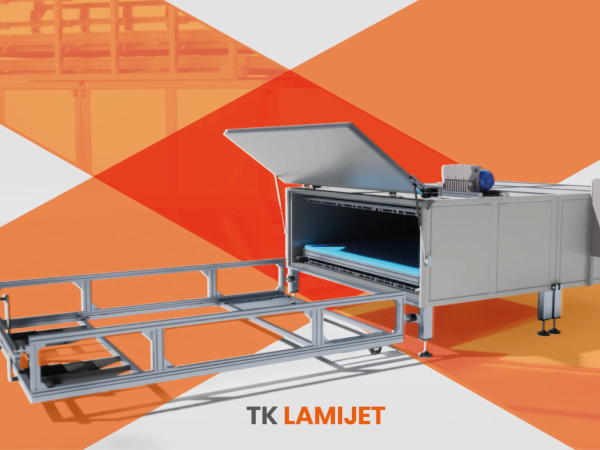
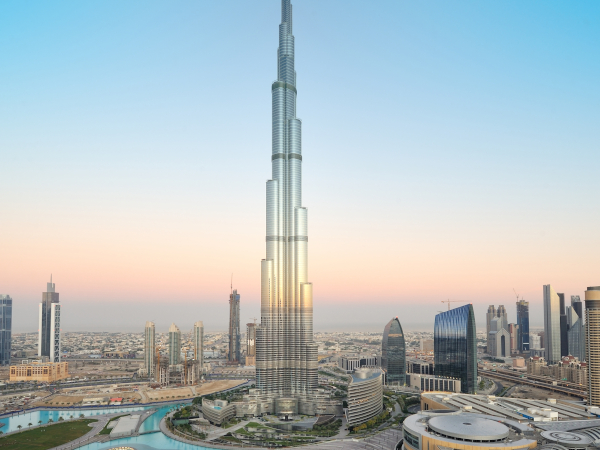
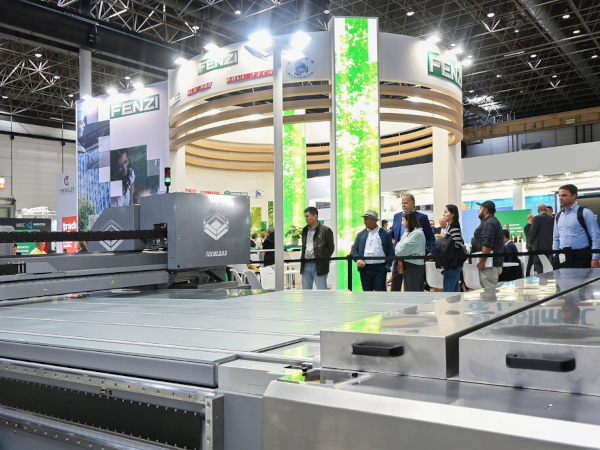
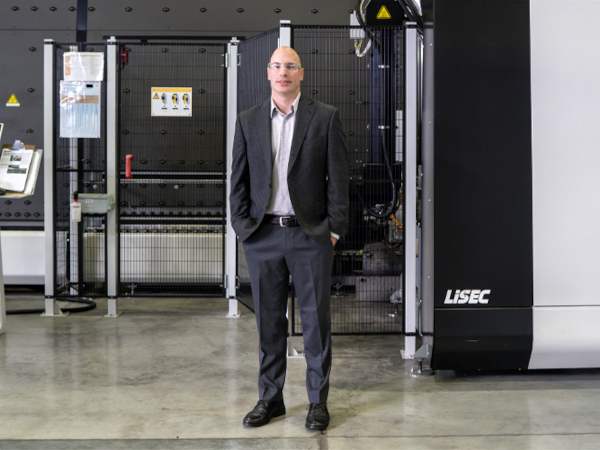

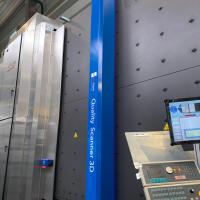
Add new comment